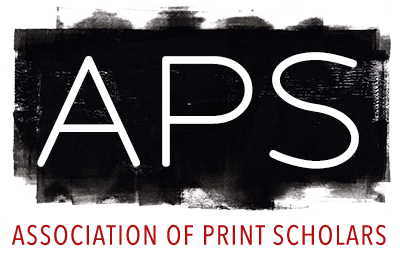CFP: Putting the Arts in their Place: Cartography and Art History, Artl@s Bulletin
A cartographic approach, nonetheless, allows us to ask many questions about patterns of production of artistic works and forms, or even circuits for the spread of models or translations. A spatial lens of analysis facilitates the study of social logics, the spatial articulation of markets, consumption of artifacts as well as the phenomena of displacement, transfer and hybridity. When we represent spatial research data on a basemap, it has a highly heuristic effect, indeed.
It is much easier to see clusters and patterns, spaces or dividing lines on a map than in raw tabular data or prose description. Using a map allows us to locate points, borders or important spaces, and thereby, identify continuities between works, artistic practice and the places in which they appear, and of which they may just bear the mark. Mapping allows us to “develop,” in the photographic sense of the term, space as an important, even integral, part of artistic works and practices. But if we succeed in situating these phenomena in space, how can we deal with their temporal, historical dimension. Is it here that the map reaches its limit?
Of late digital mapping has opened up new possibilities in the historical study of the arts. Provided that data is collected, organized and published in standardized and comparable formats, they can be shared for digital analysis. In particular, scholars will be able to visualize circulation (of artists, works, object or events), networks and social spaces, but also to compare these digitally detected patterns with existing models in scholarship across multiple scales in space and in time.
Contributions might address the following questions:
• What kind of understanding of artistic practices does a map allow that other approaches do not? Can a map allow us to study all kinds of artistic spaces and circulation? Should the map confine itself, to handle questions relevant to art history and the venerable artistic geography [Kunstgeographie]), in particular the study of the circulation of styles, the evaluation of influences and distribution?
• What can a map represent, and what can it not? What can we add to borders and points on a map in order to visualize evolution, flows, movement and circulation? How does the visual identification of spatial structures (place, scale, distance, frontiers, etc.) agree with the temporal dimension of the phenomena in question? How can a digital map be transformed into printable, static maps?
• Is the map only a tool, or is it also an interpretation? To what extent does the map construct the object that it both refers to and represents? The editors would be particularly interested by contributions that propose several maps that make the same argument, using different visual strategies, encouraging us to reflect more deeply on best practices for the cartographic visuals. What should be, or could be, the role of text in this type of scholarly rhetoric?
For this special issue, there are two kinds of possible contribution:
• Full length papers, between 5,000 and 7,000 words
• Short papers, in the form of commented maps, 2,000-3,000 words.
Interested authors are invited to send a one-page proposal for a full length or short paper, along with a CV including a publication list. Proposals should be sent to Marco Jalla (marco.jalla@unige.ch) and Béatrice Joyeux-Prunel (beatrice.joyeux-prunel@ens.fr) by 16 September 2018. Articles may be written in English, French, Spanish, German or Italian.

Leave a Reply
You must be logged in to post a comment.